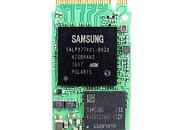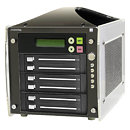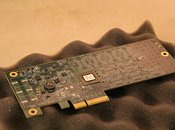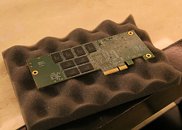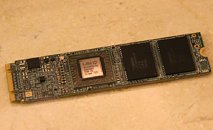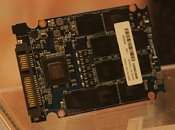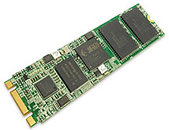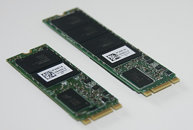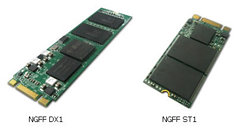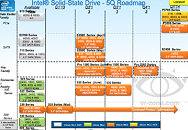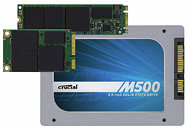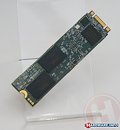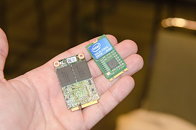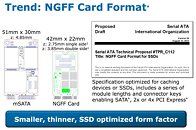MINISFORUM HX100G Packs in Ryzen 7 7840HS APU & Radeon RX 6650M GPU
MINISFORUM has recently unveiled a new high-performance Mini PC, the HX100G, now available in their official store. This compact system boasts the powerful combination of the AMD Ryzen 7 7840HS flagship processor and Radeon RX 6650M graphics card, making it an ideal choice for gamers, designers, and creative professionals. The sale price for the barebone version is set at $719, the 32 GB RAM+1 TB SSD version is set at $905, and the 64 GB RAM + 1 TB SSD version is priced at $995. As an iterative upgrade to the HX99G, the HX100G features an enhanced CPU in the form of the AMD Ryzen 7 7840HS. Manufactured using a 4 nm process, this processor boasts 8 cores, 16 threads, a base frequency of 3.8 GHz, and a maximum boost clock of 5.1 GHz. With a TDP ranging from 35 W to 54 W and a generous 16 MB of L3 cache, it also integrates the Radeon 780M integrated GPU, utilizing the FP8 slot. Compared to the 6900HX, the HX100G demonstrates an 8% improvement in single-core performance and a 16% improvement in multi-core performance.
The HX100G is equipped with the AMD Radeon RX 6650M dedicated graphics card (GDDR6 8 GB), supporting AMD Smart Access Memory technology. With a TDP of up to 100 watts, it meets the demands of 1080p high-quality AAA gaming and excels in professional photo editing, 4K video editing, and complex 3D rendering tasks. One of the notable advantages of the HX100G is its robust expandability. Featuring two DDR5 memory slots, it supports a maximum of 64 GB dual-channel memory, with DDR5 clocked at 5600 MHz—an impressive 47% increase over the HX99G's 4800 MHz. In addition to the default M.2 2280 PCIe 4.0 SSD slot (supporting up to 2 TB), an extra M.2 2280 SSD slot is provided, supporting NGFF SATA or NVMe PCIe 4.0 SSDs for further expansion.
The HX100G is equipped with the AMD Radeon RX 6650M dedicated graphics card (GDDR6 8 GB), supporting AMD Smart Access Memory technology. With a TDP of up to 100 watts, it meets the demands of 1080p high-quality AAA gaming and excels in professional photo editing, 4K video editing, and complex 3D rendering tasks. One of the notable advantages of the HX100G is its robust expandability. Featuring two DDR5 memory slots, it supports a maximum of 64 GB dual-channel memory, with DDR5 clocked at 5600 MHz—an impressive 47% increase over the HX99G's 4800 MHz. In addition to the default M.2 2280 PCIe 4.0 SSD slot (supporting up to 2 TB), an extra M.2 2280 SSD slot is provided, supporting NGFF SATA or NVMe PCIe 4.0 SSDs for further expansion.




